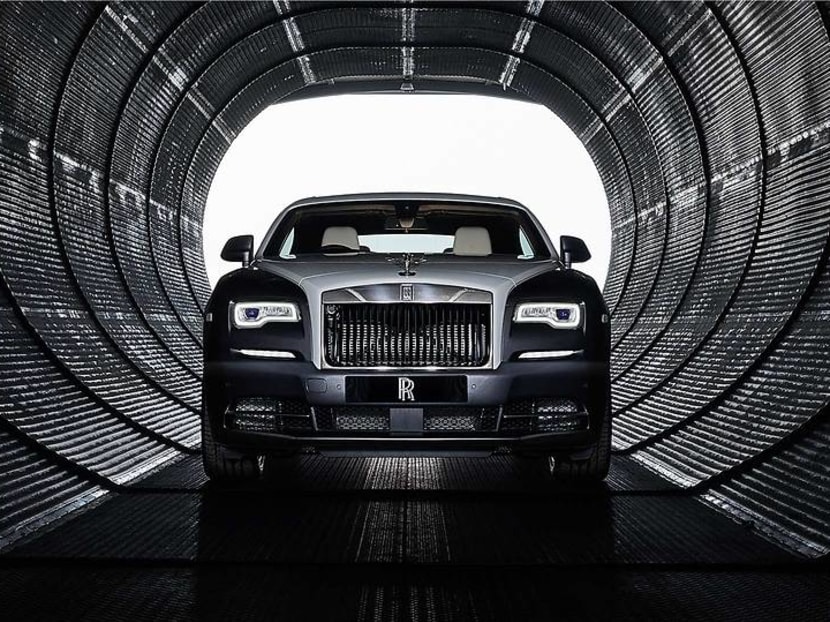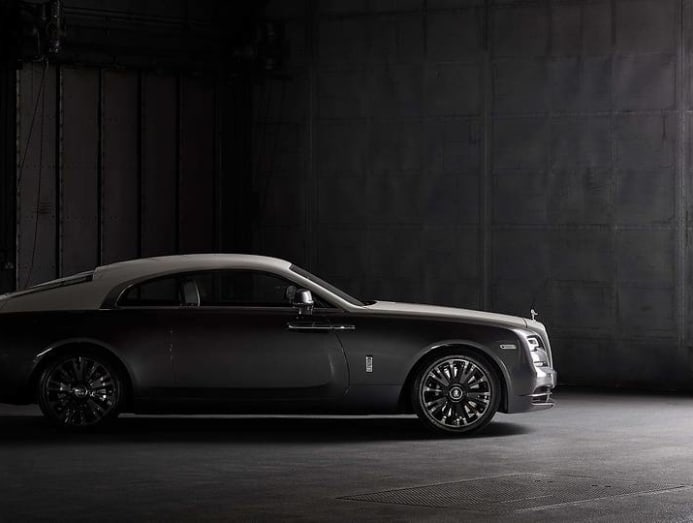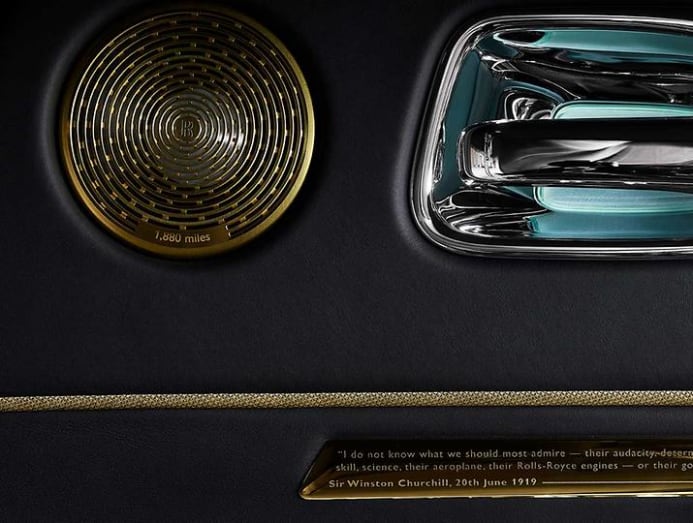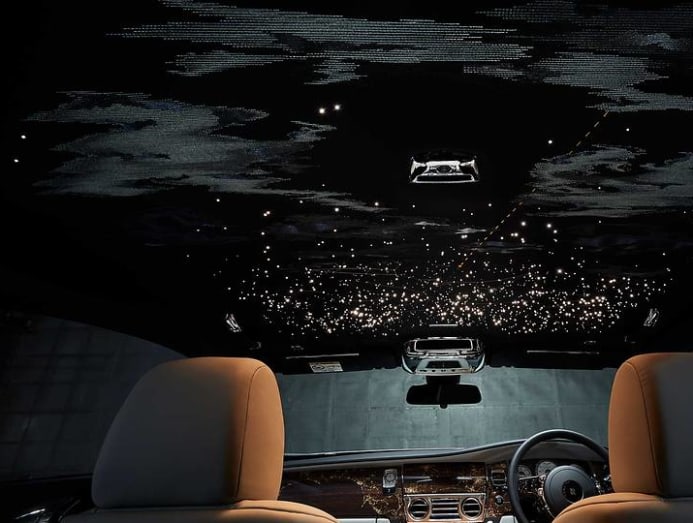Why does this Rolls-Royce cost S$600,000 more than the ‘standard’ model?
The Rolls-Royce Wraith Eagle VIII – which celebrates the first non-stop transatlantic flight in 1919 – comes customised with a host of clever details that pay homage to the historic flight. And it comes at a cool S$1.9m.

Only 50 units of the Rolls-Royce Wraith Eagle VIII are available worldwide, with one in Singapore. (Photo: Rolls-Royce)
There is no such thing as an “average” Rolls-Royce. According to the ultra-luxury British marque, most of its owners opt for some level of individualisation (the most basic being paint, trim or upholstery) on their vehicles through its customisation department, Bespoke.
READ> Where you can go in Singapore to personalise a gift for that special someone
It’s understandable, then, that some of its customers might find the whole process to be a bit bewildering and more than a little time-consuming. On the extreme end of the spectrum, Rolls-Royce’s first car in modern times to feature customised exterior bodywork, the Sweptail, was the work of several years.
But if you really wanted a personalised Rolls-Royce, but didn’t want to spend too much time, um, personalising it, and instead trust that work to the experts, then there are the vehicles in the carmaker’s Bespoke Collection range.
What this is, essentially, is a car designed around a central theme – aircraft and boats having featured as the inspiration for several Bespoke Collection cars already, with other themes as diverse as black diamonds and music. The latest one is themed around cryptography.
But we’re not going to talk about those. We’re here to talk about the second-most recent Bespoke Collection car, one that Rolls-Royce dubs the Wraith Eagle VIII, a car that celebrates the first non-stop transatlantic crossing made by John Alcock and Arthur Brown in 1919, made in a modified Vickers Vimy biplane bomber.
If you’re wondering what the Rolls-Royce connection is, the Vimy was powered by a Rolls-Royce engine, and interestingly enough, Vickers owned Rolls-Royce for a period lasting from 1980 to 1998.
One of the 50 cars that will ever be made is available in Singapore, if you have S$1.9 million kicking around your bank account. This is a fairly significant premium over the S$1.3 million Rolls-Royce is asking for the “standard” model.
So, just what are you getting for the money? Well, quite a lot, really, if nothing else because it’s a very generous piece of automotive real estate. It’s based on the Rolls-Royce Wraith, the marque’s two-door grand tourer (emphasis on “grand”) offering, a car that measures some 5.3m long.
On top of that, there’s a whole host of details – some tiny and some not so much – that pay tribute to Alcock and Brown’s historic flight. The exterior is finished in two shades of grey, bisected by a brass-coloured, hand-painted line running the length of its flanks, the aforementioned colour inspired by the brass sextant the aviators used to navigate the crossing with.

Brass also features on the interior, with the speaker covers made of the material, the brass-coloured embroidery on the headrests and a plaque on the driver’s side door inscribed with a quote from Winston Churchill on the duo’s achievement.

But the highlight of the car surely must be its ceiling. Adorned with Rolls-Royce’s familiar Starlight headliner, which sees a multitude of fibre optic lights resembling a night sky, the one here depicts the constellations in the exact position the aviators would have seen on that fateful night in 1919.

In addition to the 1,183 lights dotting the ceiling, it’s further embellished by the presence of embroidered clouds and a brass-coloured line showing the flight path from Newfoundland in America to Clifden in Ireland.
Again, just one of these cars is available here, and while admittedly you could buy a very decent home for the same money, you can’t really put a price on collectability, or for that matter, craftsmanship.



